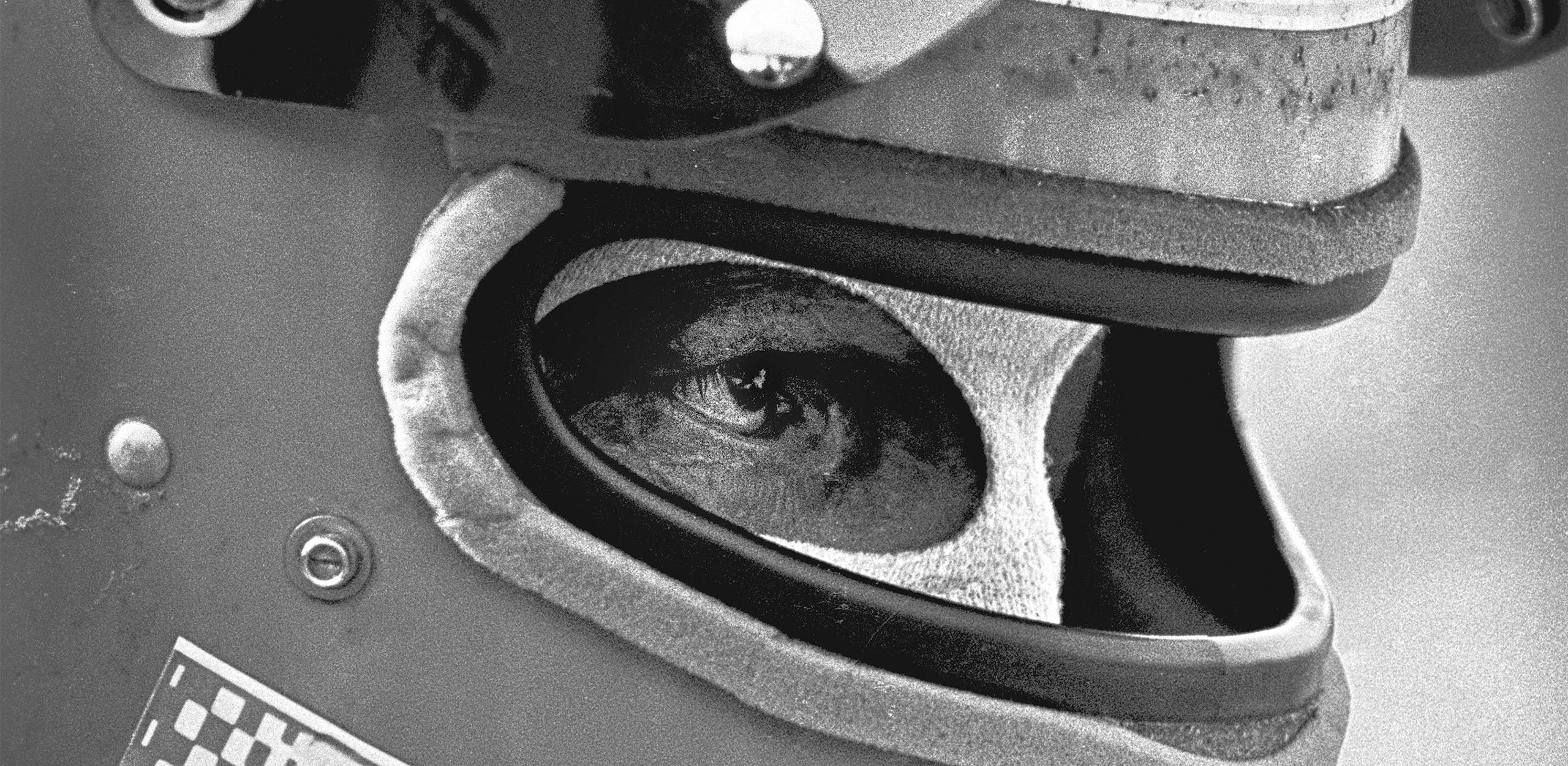
It reads like a scene culled from a melodramatic novel.
Two near bankrupt Formula Three drivers, sharing a one bedroom flat and scratching for funds to carry on; each believing that they have the other-worldly talent and sheer drive to become a Formula One World Champion. Yet, in the real racing world, the two show little to set them apart from the hundreds of fellow aspirants, each risking it all in the same quest.
They are all but invisible.
Yet, six years later, these two flat mates meet again, locked in one of the most epic championship battles in Grand Prix history; overcoming petty politics, personal weaknesses and absolute horror to produce a tale for the ages that establishes their names as true legends of the sport and, for one of them, a personification of unimaginable bravery and tenacity.
In truth, Niki Lauda and James Hunt’s battle for the 1976 Formula One World Driver’s Championship wasn’t a writer’s fantasy, but gripping reality.
Here is their story.
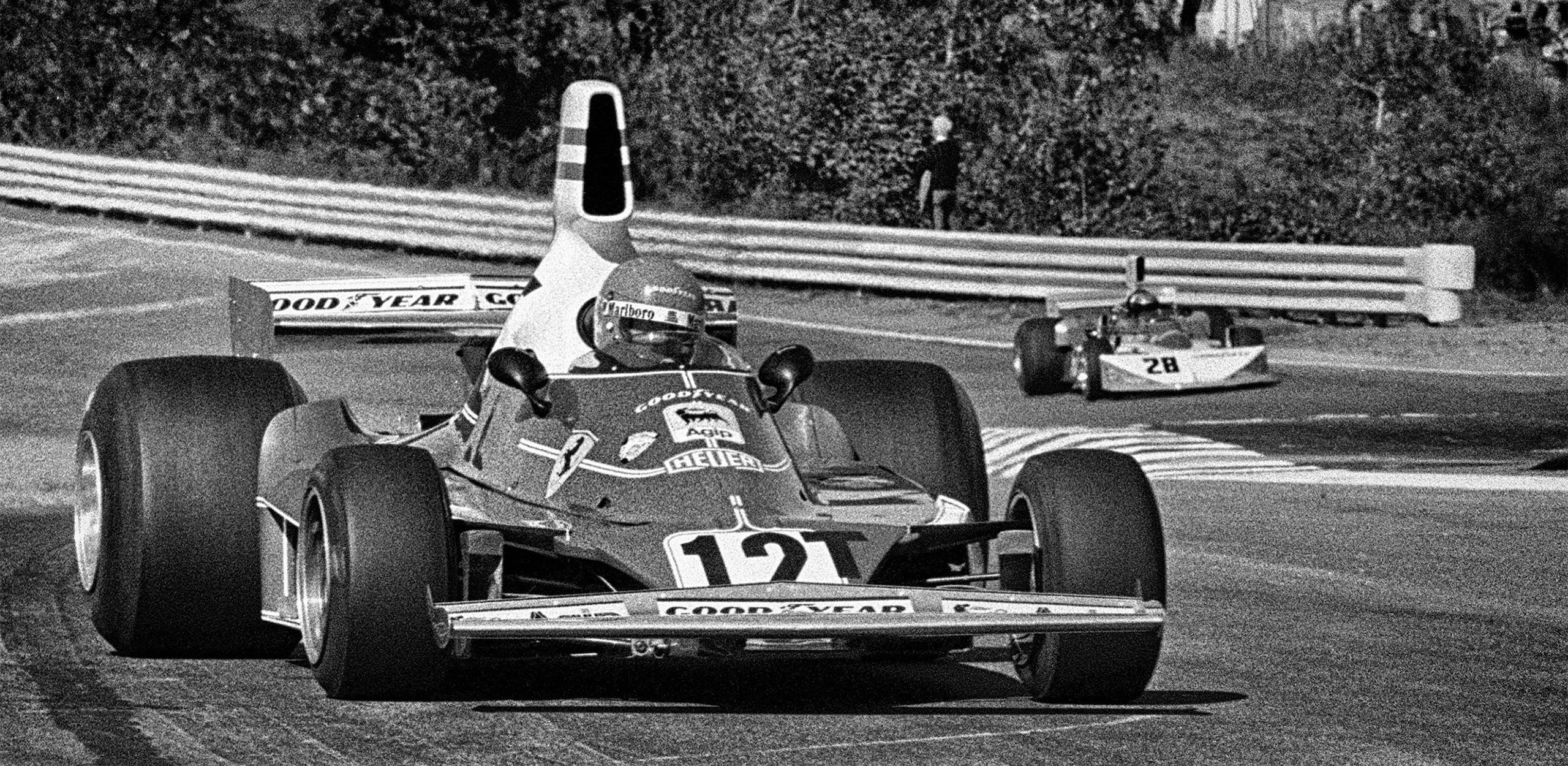
Soaked from champagne and Rio’s searing heat, Niki Lauda surely must have believed he was at the pinnacle of the racing world. As reining World Champion, he had arrived in Rio de Janeiro with virtually the same 312T that brought him the 1975 title, and along with it, a Ferrari team now honed to perfection under his organized leadership. His dominating victory at that first Grand Prix of the 1976 season crushed an opposition that had remained fundamentally unchanged from the previous season, due to the monetary constraints of a world recession.
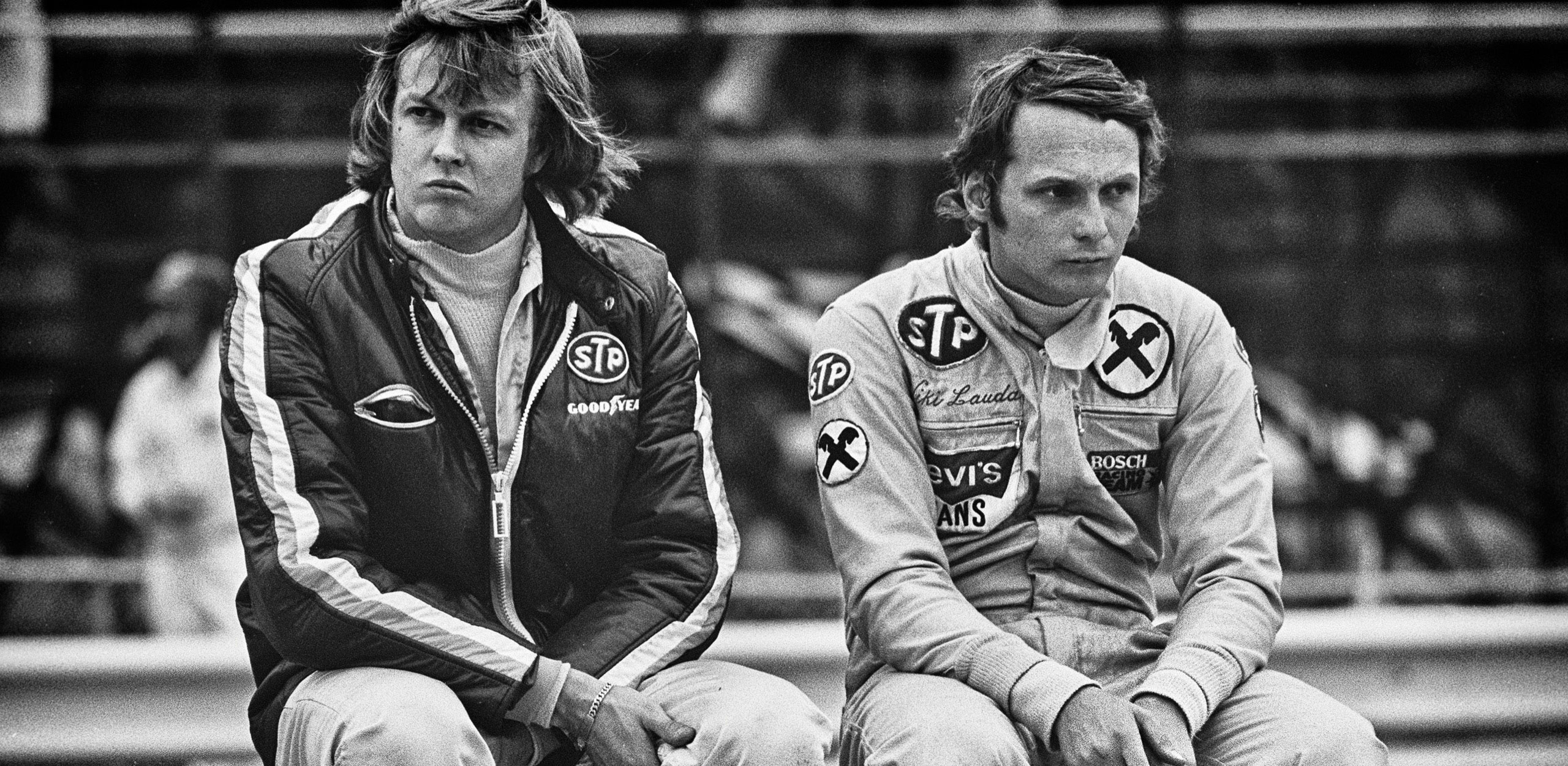
For Austrian Niki Lauda, it began with a ratty 1949 drop-head Beetle that he learned to jump using a built-up ramp on his grandparents’ estate…24-yards was the record. The Beetle settled him on a life of motorsport and borrowing money to advance. That twin aspect would lead him to surprising results.
Starting in 1968, he used his family’s name to find sponsorship for the-then suicidal Formula 3 class. By 1971, he wanted out and paid his way into the new March Formula 2 team with the borrowed sum of £20,000.
When he didn’t win enough prize money to repay the loan, he convinced March that he was ready for a combined Formula 2 / Formula 1 contract in 1972. Being a new team, March was only too happy to oblige, setting the buy-in fee to consume all of Lauda’s new £100,000 line of credit.
In the span of four years, Lauda had gone from hopeless to now penniless, but he was overjoyed to have made it to Formula One: rising star Ronnie Peterson would be his teammate.
Before long it became apparent that the 1972 March 721X chassis was a complete mechanical disaster. Neither driver could make much headway. Lauda faced a momentous decision; burn through more loans for another year or find a better seat.
He found a solution with Louis Stanley’s 1973 BRM F1 team. Lauda signed using an additional £80,000 loan and was eventually contracted for the 1974 and 1975 seasons as well. Lauda now faced a debt of £180,000.
However, he immediately began to make a universal impression in the paddock with his dedication, mechanical sympathy and keen ability to feel the BRM’s handling and improve it, courtesy of his miserable March 721X experience. It would serve him for the rest of his career.
During his 1973 season, two related factors occurred within BRM that brought Lauda to the pinnacle of Formula One that Rio de Janeiro afternoon in 1976.
First, Enzo Ferrari witnessed Lauda drag the barely-competitive BRM P160E briefly into second place from deep in the grid at the British Grand Prix, and secondly, when Ferrari recalled BRM’s number one driver, Clay Regazzoni to their team for 1974, Regazzoni had recommended that Lauda be considered as a number two.
Ferrari agreed. Further, they paid off Lauda’s substantial BRM loans and immediately involved him in rigorous testing of their new 312B3.
From the moment Lauda slipped into the seat of the B3 at Ferrari’s Fiorano test track, it was a match made in heaven.
Lauda had arrived at the Scuderia that was a mere shadow of its illustrious history. He quickly joined new team manager Luca de Montezemolo and engineer Mauro Forghieri in returning the once-proud team into the envy of the paddock. Ferrari just missed winning the 1974 championship, with Regazzoni finishing second to Fittipaldi. Lauda finished fourth, with his first two Grands Prix wins and six poles.
Lauda then ran away with the 1975 season from the third race forward, winning six Grands Prix. He was certain 1976 would be a continuation of that dominance.
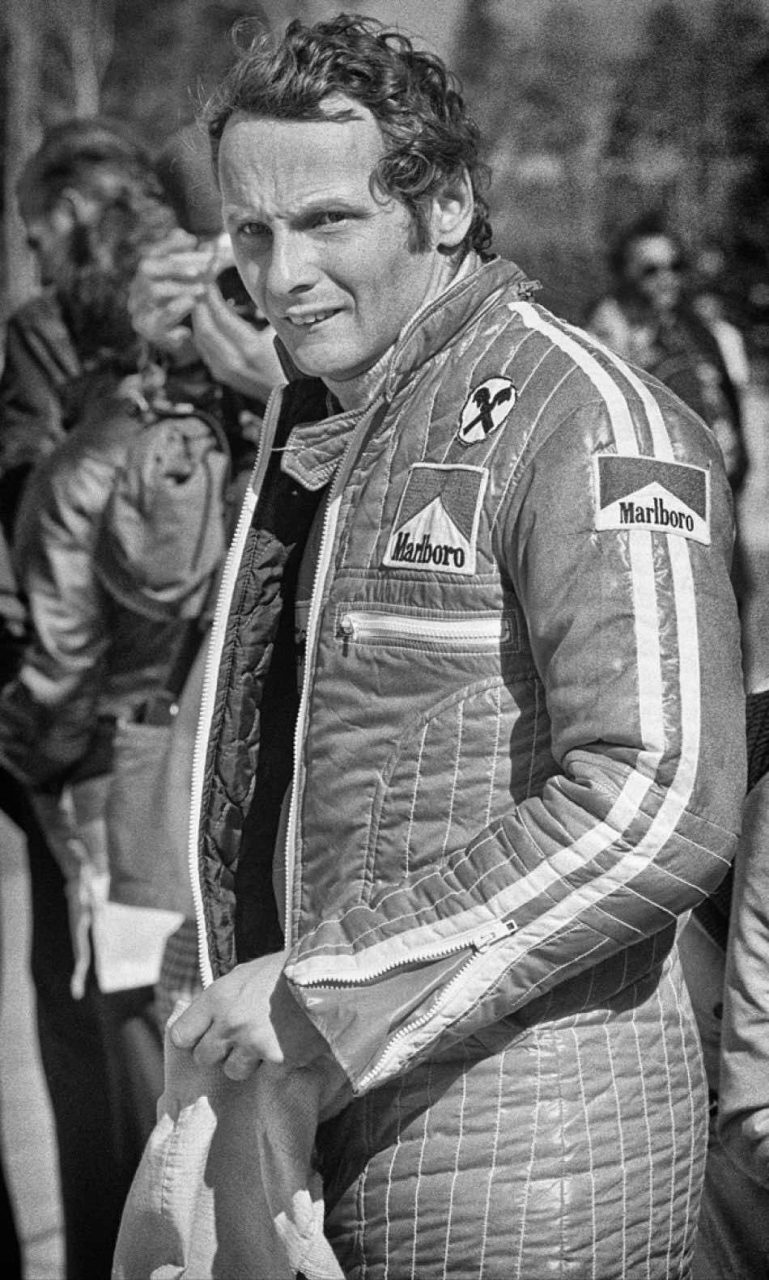
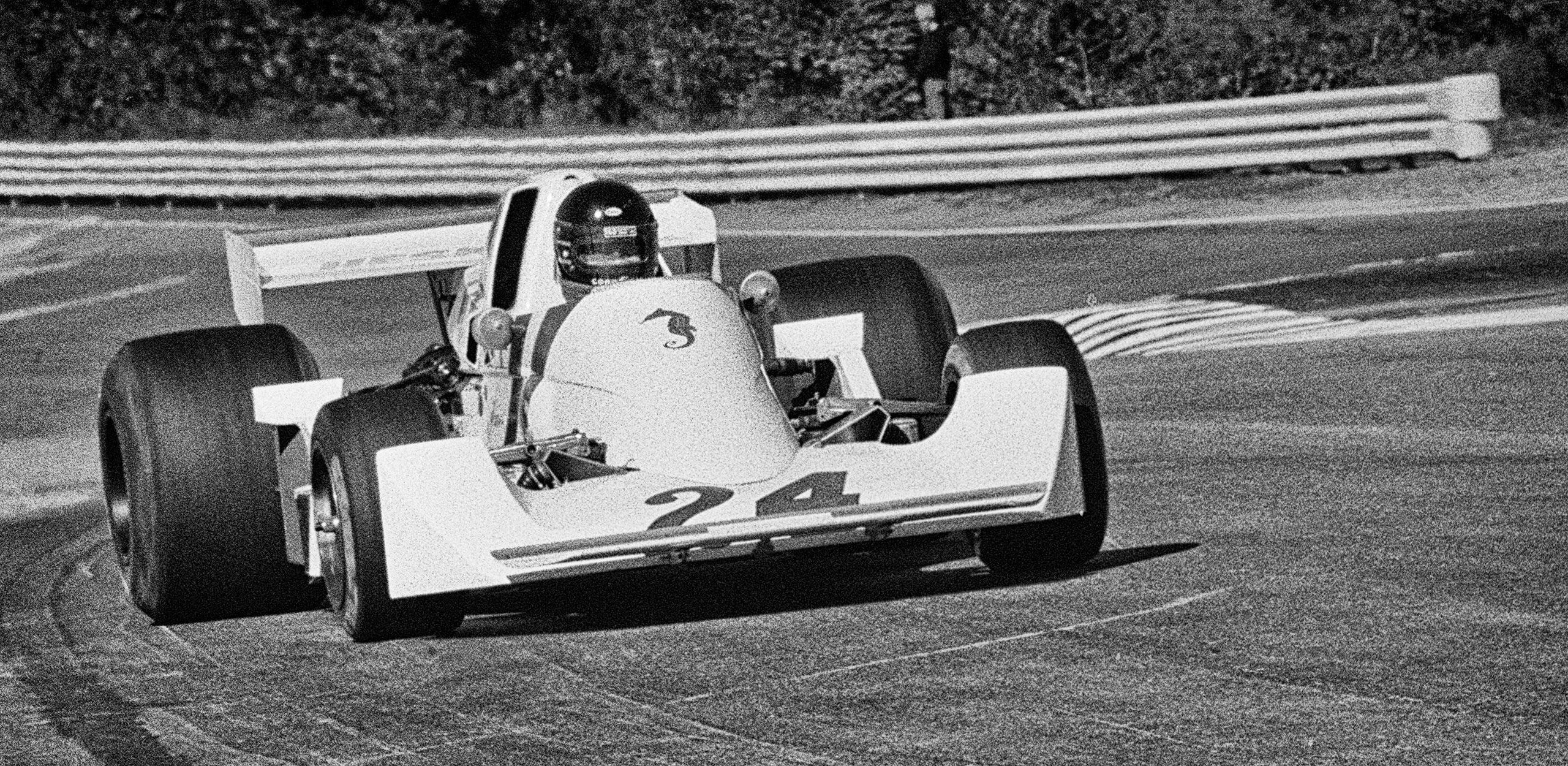
James Simon Wallis Hunt, fell for racing early as well, but for an entirely different reason.
From the beginning he was oppositionally defiant, hyperactive and stubborn. He discovered racing on his 18th birthday during a club meeting at Silverstone, and immediately decided to he was going to become World Champion. He would say that the ten years it would take for him to win the championship would allow him to live out his remaining days in wealth.
Without any family support, Hunt worked at laboring jobs, bought a wrecked Mini and spent two years race-preparing it, only to have his first entry fail scrutineering because the driver’s seat was an old lawn chair.
Moving to Formula Ford, most of his early races ended in huge accidents. Advancing to faster Formula Three cars, ‘Hunt the Shunt’ as the self-funded Hunt was now called, had even bigger accidents.
Eventually, the necessity of keeping his cars together for lack of funds for repair taught him enough self-control to win races, but he never conquered his anxiety. In the garage his fears and tension often caused him to vomit before a race; on the grid, he shook so much the car vibrated.
Loaded with an explosive combination of adrenaline and massive amounts of testosterone, Hunt was among the most aggressive of racers.
With a reputation as a wild man with next to no race results, Hunt had little chance of progressing further. That’s when lightning struck.
Lord Alexander Hesketh was an eccentric young British aristocrat who inherited both a fortune and little apprehension to spending it extravagantly on personal whims. When Hunt’s wild reputation caught his eye, Hesketh decided to divert his boredom by forming his own racing team.
Overnight, James Hunt became his driver, and with no knowledge of motorsport management or preparation, the happy band of Team Hesketh misfits dove into Formula Three and then Formula Two with little success and much carnage. Their reputation for mayhem was only exceeded by their penchant for spending more on their supply of Dom Perignon champagne and beautiful women than on race car preparation.
By 1974, Hesketh was having so much of a giggle in Formula Two, he thought it naturally followed that, for just 25 percent more funding, the team could have the ultimate chuckle in Formula One. Hesketh Racing’s arrival in the paddock was met with derision throughout the Formula One fraternity and the team, along with James Hunt was seen a joke.
It was Hunt’s fanatical search for respect and success and the acceptance of the challenge to raise his performances that finally brought him the breakthrough he needed with his privateer team victory over Niki Lauda’s Ferrari at the 1975 Dutch Grand Prix.
Overnight, Hunt’s reputation skyrocketed throughout the United Kingdom, and he quickly became the commonwealth’s new hope of a future British World Champion.
Unfortunately, at the end of the 1975 season, Lord Hesketh announced he could no longer afford the team’s cost or Hunt’s meager salary; James, the Grand Prix winner was out of a job.
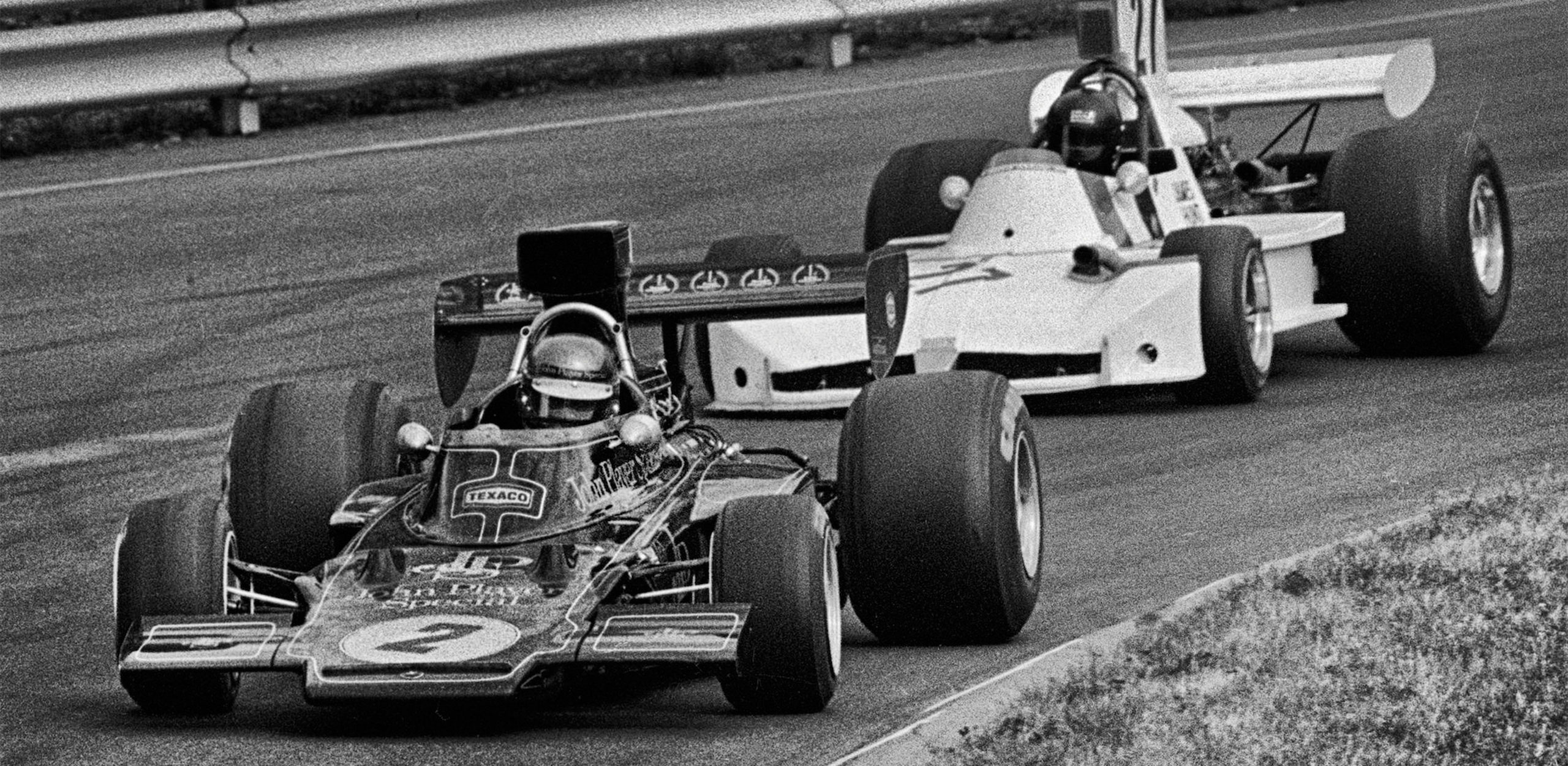
Once signed to the McLaren contract, Hunt’s immediate speed bought him grudging loyalty, however it was his continuing Hesketh-style social exploits, explosive emotions, and temper tantrums that festered tension within the team.
So here, in 1976, stood the two protagonists, Lauda and Hunt, friends since they first met in Formula 3 and caravanned throughout Europe; willingly spending every cent they had to rise quickly through the ranks.
Now they were both on top of Formula One because of a searing passion to win, evolved from their earlier years when they ignored threats of bankruptcy with each accident and each unpaid loan; when they only sought to be the best and not to fail. Now only a friend was between them and their goal. It would be no-holds-barred fight.
By the end of the 1976 Formula One season, each of those attributes and more would be strained to the breaking point; one would have his determination and focus repeatedly thrashed, the other would be made to decide between life and death while under immense suffering.
Yet, they would never lose their friendship and rivalry; perhaps that’s what ultimately saw them through the incredible journey ahead.